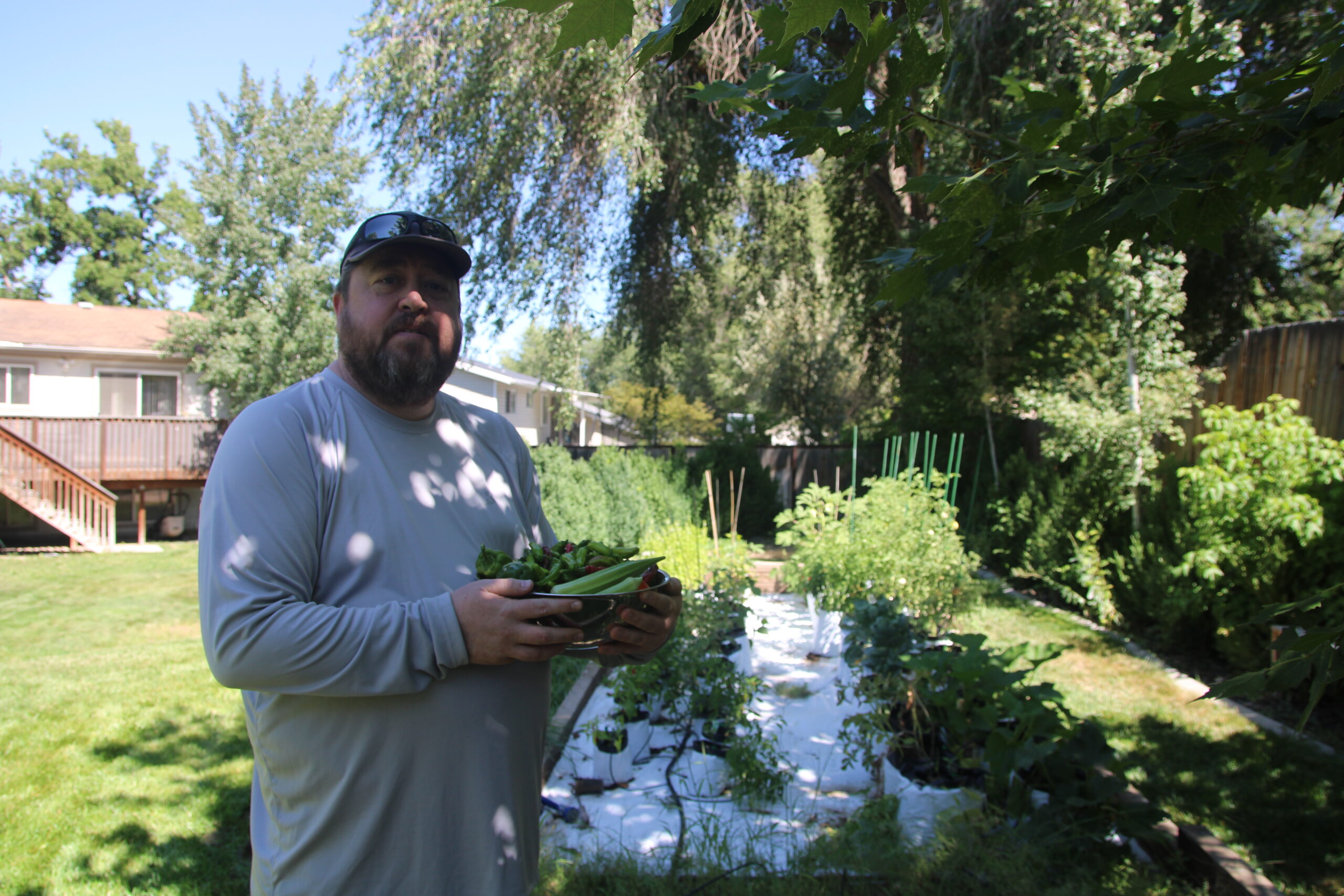4.4 Lighting Considerations

4.4 Lighting Considerations
Understanding Light Requirements
The relationship between plants and light is complex and crucial for optimal growth. Different plants have varying light requirements, from full sun vegetables like tomatoes and peppers to shade-tolerant greens like lettuce and spinach. The portability of grow bags provides unprecedented control over light exposure, allowing gardeners to adjust plant positioning as light conditions change throughout the growing season. Understanding these requirements helps maximize growth while preventing light-related stress.
Managing Light Intensity
Excessive light intensity can be as problematic as insufficient light. Plants can experience leaf scorch, wilting, and reduced growth when exposed to too much direct sunlight, particularly during peak summer hours. The mobility of grow bags allows for strategic placement to manage light intensity. Moving plants to partially shaded locations during the hottest part of the day, or positioning them where they receive morning sun but afternoon shade, helps prevent light stress while maintaining adequate exposure for healthy growth.
Seasonal Light Changes
Light conditions change dramatically throughout the growing season, affecting both intensity and duration. Early spring brings lower light levels but increasingly longer days, while summer provides intense light with long day length. The portable nature of grow bags allows for adaptation to these seasonal changes. Plants can be positioned to take advantage of available light early in the season, then moved to more protected locations during intense summer periods, maximizing growth while preventing stress.
Creating Light Management Zones
Different plants thriving at different light levels creates an opportunity to establish light management zones in your growing space. Using the mobility of grow bags, create areas with varying levels of light exposure:
- Full sun zones for light-loving crops
- Partial shade areas for moderate light requirements
- Protected spaces for shade-tolerant plants These zones can be adjusted throughout the season as light conditions change.
Natural Shade Solutions
Incorporating natural shade solutions helps manage light exposure while maintaining aesthetic appeal. Taller plants can provide shade for more sensitive varieties, while temporary structures like shade cloth or pergolas offer adjustable protection. The ability to move grow bags allows for optimal positioning relative to these shade sources, creating ideal growing conditions for each plant type.
Light and Temperature Interaction
Light exposure directly impacts temperature in the growing environment. Dark-colored grow bags can absorb significant heat in direct sunlight, potentially stressing plant roots. Managing light exposure helps control temperature, particularly important in hot climates or during summer months. Strategic placement relative to buildings or other structures can provide afternoon shade while maintaining morning sun exposure, helping regulate both light and temperature.
Adapting to Weather Changes
Weather patterns significantly impact light availability and intensity. Cloudy periods reduce light levels, while clear weather increases intensity. The portability of grow bags allows quick adaptation to changing conditions. Plants can be moved to maximize available light during cloudy periods or protected during intense sunny weather. This flexibility helps maintain optimal growing conditions despite weather variations.
Monitoring Plant Response
Regular observation of plant response to light conditions helps optimize positioning and management strategies. Signs of insufficient light include:
- Leggy or stretched growth
- Pale or yellowing leaves
- Reduced flowering or fruiting Conversely, signs of excessive light include:
- Leaf scorching or bleaching
- Wilting despite adequate water
- Stunted growth or tough leaves The mobility of grow bags allows quick adjustment when these signs appear.
Light Cycle Recommendations:
- Seedling stage: 16-18 hours
- Vegetative stage: 14-16 hours
- Flowering stage: 12 hours
- Darkness periods for plant recovery

